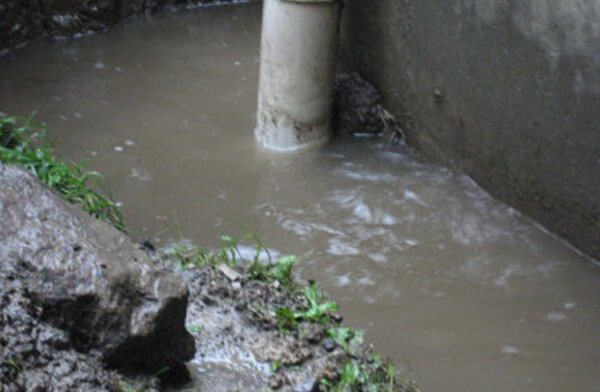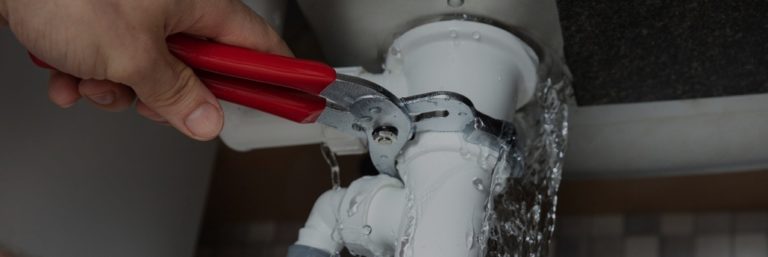The content following next in relation to Finding hidden leaks is pretty much intriguing. Read it yourself and figure out what you think of it.

Early detection of dripping water lines can mitigate a prospective catastrophe. Some small water leakages may not be visible.
1. Take A Look At the Water Meter
Every home has a water meter. Inspecting it is a proven manner in which helps you find leakages. For starters, shut off all the water resources. Ensure no one will flush, make use of the faucet, shower, run the cleaning machine or dish washer. From there, go to the meter and also watch if it will transform. Considering that no person is using it, there must be no activities. That suggests a fast-moving leakage if it relocates. Similarly, if you find no changes, wait an hour or 2 and examine back once again. This implies you may have a slow leak that can also be below ground.
2. Inspect Water Usage
Analyze your water expenses and track your water usage. As the one paying it, you need to discover if there are any kind of inconsistencies. If you spot sudden changes, despite your usage being the same, it implies that you have leakages in your plumbing system. Remember, your water expense ought to fall under the very same variety each month. An abrupt spike in your expense suggests a fast-moving leakage.
At the same time, a steady rise on a monthly basis, despite having the same behaviors, shows you have a sluggish leakage that's likewise slowly rising. Call a plumber to extensively check your property, especially if you feel a warm location on your floor with piping beneath.
3. Do a Food Coloring Examination
When it pertains to water usage, 30% originates from bathrooms. Test to see if they are running properly. Decline specks of food color in the storage tank and also wait 10 mins. There's a leakage between the storage tank and dish if the color in some way infiltrates your bowl during that time without flushing.
4. Asses Outside Lines
Don't fail to remember to inspect your outside water lines too. Needs to water seep out of the link, you have a loosened rubber gasket. One tiny leak can waste lots of water and also spike your water expense.
5. Evaluate and Assess the Situation
House owners ought to make it a practice to check under the sink counters and also even inside cabinets for any kind of bad odor or mold and mildew growth. These 2 warnings suggest a leak so prompt focus is needed. Doing regular assessments, even bi-annually, can conserve you from a major trouble.
If you recognize your house is currently old, keep a careful eye on your heating units, tubes, pipes and so on. Check for stainings and deteriorating as many pipelines and appliances have a life expectancy. They will also normally degrade due to damage. If you presume leaking water lines in your plumbing system, do not await it to intensify. Call an expert plumber right away so you do not wind up with a horrible mess in your house.
Early detection of dripping water lines can alleviate a potential disaster. Some small water leakages might not be visible. Inspecting it is a surefire method that aids you discover leakages. One small leakage can waste lots of water as well as increase your water expense.
If you think leaking water lines in your plumbing system, don't wait for it to escalate.
How to Know If Your Home Has a Hidden Leak
Water Meter Reveals Inexplicable Water Usage
If you’d like to test whether or not there’s a leak somewhere in your home, you can do this using your water meter. Here is how to conduct the test:
Don’t use any water in your home for at least 30 minutes; this also means not turning on faucets or water-using appliances.
Go outside, and check your water meter for activity.
If your water meter shows that there was activity, even though no one was using any water, this proves that there is a leak in your home.Visible Mold or Mildew Growth
Leaks behind walls create moist, dark environments that allow mold and mildew to grow and thrive. Eventually, you might see mold growth forming on the wall closest to a hidden leak.
If mold is growing in an area that receives a high amount of moisture, such as a bathroom, it may simply be an indication that better ventilation is needed. However, if you see mold growth on a wall or the ceiling in an area where you would not expect, you probably have a hidden leak.
Musty, Mildew Odor
Sometimes you might not be able to see the mold or mildew that is growing as a result of a leak. However, the smell can give the problem away just as easily. If you catch a whiff of something musty, there’s a good chance that old water is collecting somewhere in your home that you can’t see.
Stained/Warped Walls, Ceilings, or Floors
When your home soaks up water, a variety of red flags can become visible, including ceiling stains, bubbling drywall, warped walls, and sagging floors. While these issues can be caused by excess humidity, they can also be signs that a pipe or plumbing connection has started leaking behind your walls.
Inexplicably High Water Bill
After a while, you get a general sense for what your water bill should be. If you own a pool or sprinkler system, your bill will tend to be higher during summer. However, if you receive a water bill that seems especially high, and you can’t figure out what caused it, then you may have a hidden leak somewhere that’s increasing your bill.
https://www.plumbingjoint.com/blog/2019/july/how-to-know-if-your-home-has-a-hidden-leak/

As a passionate reader on Leaking water lines, I was thinking sharing that chunk was really helpful. For those who appreciated our page plz do not forget to share it. Thank you for your time. Visit us again soon.